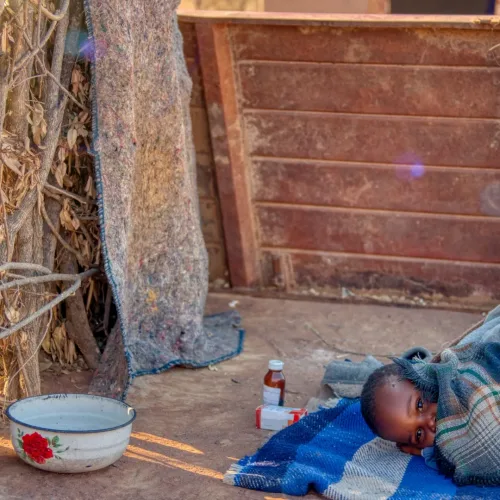
Are Diarrhoeal Diseases on the Rise?
Diarrhoeal diseases refer to a group of illnesses that involve the passage of loose or watery stools, often accompanied by an increased frequency of bowel movements. These conditions are commonly caused by various infectious agents, such as bacteria, viruses, or parasites. Diarrhoeal diseases can range in severity from mild and self-limiting to severe and life-threatening.
Symptoms of diarrhoeal diseases may include abdominal cramps, dehydration, fever, nausea, and vomiting. In severe cases, persistent diarrhoea can lead to dehydration, electrolyte imbalances, and other complications, especially in vulnerable populations such as young children and the elderly.
The Diarrhoeal Diseases Syndromic Surveillance (DDSS) is a system that was set up in April 2009 to keep an eye on severe cases of diarrhoea, especially in children under 5 years old, after the introduction of the rotavirus vaccine. This surveillance system aims to understand and monitor the impact of the vaccine on reducing severe diarrhoea.
However, because there are various causes of diarrhoea, the system also checks stool samples for other germs that could be causing the illness. Diarrhoeal diseases are still a significant health issue in South Africa, and not everyone who gets sick with diarrhoea has their stool tested. In turn, the surveillance system continues to track cases of severe diarrhoea in children under 5, as well as in older children and adults. This helps in monitoring how well the rotavirus vaccine is working, improving the vaccine if needed, and identifying other germs that might be causing diarrhoea. Overall, it helps in understanding and managing the impact of diarrhoeal diseases in the population.
This report details the monitoring and tracking of bacterial, viral, and parasitic agents that cause diarrhoeal diseases in South Africa during 2022.
Materials and Methods
In 2022, diarrhoeal disease surveillance was conducted at sentinel sites in five provinces as part of the GERMS-SA surveillance, including Red Cross Children’s Hospital (Western Cape Province), Pelonomi Hospital (Free State Province),and Kalafong Hospital (Gauteng Province).
All patients admitted to a sentinel hospital for the treatment of acute diarrhoea (as defined by the World Health Organization, and of ≤7 days duration) were approached for enrolment. At clinic sites, all persons presenting for the treatment of acute diarrhoea (WHO definition) were approached for enrolment. Enrolment was conducted systematically from Monday to Friday (08:00 – 17:00), after informed consent was obtained from the patient or from a parent or guardian.
Results
A total of 624 cases were enrolled from the eight surveillance sites, all of whom provided a stool specimen for screening. Of all cases, 79% (496/624) were children ≤5 years and 63% (391/624) were from hospital sentinel sites. Enteric pathogens were detected in 75% (467/624) of stools screened; 81% (404/496) in children ≤5 years and 49% (63/128) in patients >5 years, and in 80% (312/391) of hospital patients and 67% (155/233) of clinic cases. Viruses and parasites were detected at higher prevalence in children ≤5 years (p<0.001) compared to participants >5 years and more frequently in patients presenting to hospitals compared to clinics (p=0.001 viruses; p=0.006 parasites).
For a more in-depth look into this eye-opening study, download the full article below.


